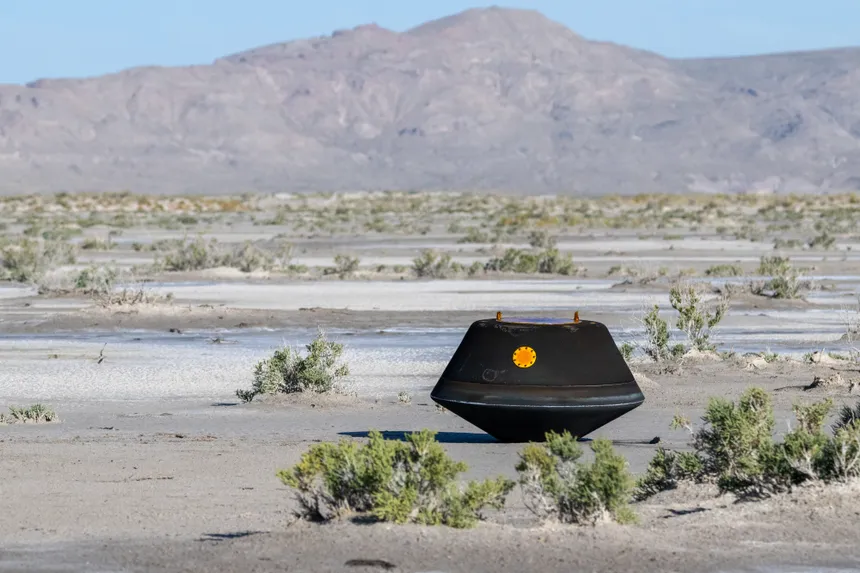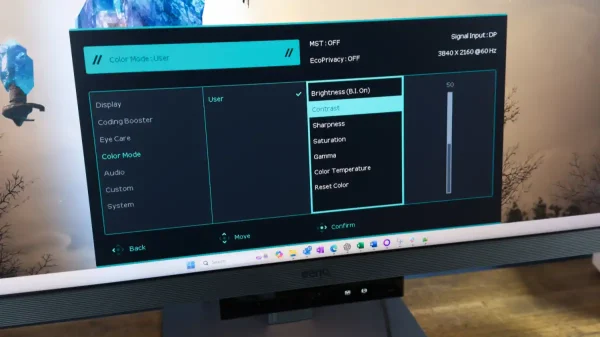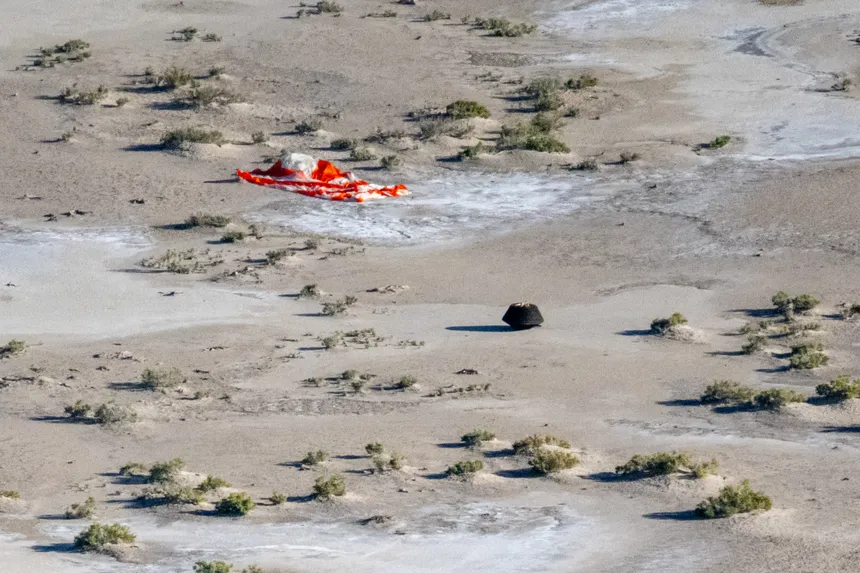The OSIRIS-REx spacecraft has completed its remarkable mission to collect a sample from the ancient asteroid Bennu, sending a piece of the rock to land in the Utah desert. The sample, the largest ever collected from an asteroid, holds invaluable clues about the origins and composition of the solar system. However, the spacecraft didn’t stop there, marking the beginning of a new chapter in its mission. Having successfully delivered the sample, the spacecraft has been rebaptized OSIRIS-APEX, and its new mission is to explore the mysterious asteroid Apophis.
Apophis, an S-type asteroid approximately 340 meters wide, is renowned for its potentially hazardous passage through Earth’s neighborhood. Since its discovery in 2004, the asteroid has been the focus of intense scrutiny, with some initial fears of an impact in the early 2000s. However, subsequent measurements have dispelled these concerns, and Apophis is now considered a harmless visitor. Its close proximity to Earth in 2029 presents a unique chance for scientists to learn more about the asteroid’s composition, density, and structure.
By studying Apophis, researchers hope to gain insights into the asteroid’s origins, its relationship to other asteroids, and its potential impact on Earth’s evolution. The OSIRIS-APEX mission will provide valuable data on Apophis’s size, shape, and composition, as well as its reflectivity, spin, and orbit. This information can help scientists better understand how asteroids like Apophis were formed and have evolved over time.

OSIRIS-REx Transitions to OSIRIS-APEX
In addition to gaining a deeper understanding of Apophis, the OSIRIS-APEX mission has significant implications for astronomy and planetary defense. By comparing data from Apophis with that collected from Bennu, researchers can develop a more comprehensive understanding of asteroids that might pose a threat to Earth in the future. This knowledge can inform strategies for detecting and deflecting potential threats, protecting our planet from impacts that could have catastrophic consequences.
The OSIRIS-APEX mission is a testament to the ingenuity and adaptability of NASA’s scientists and engineers. Despite the success of its original mission, the spacecraft has been repurposed to tackle a new challenge, demonstrating the agency’s commitment to exploring the unknown and expanding our understanding of the universe.
As OSIRIS-APEX hurtles towards its rendezvous with Apophis, scientists at NASA’s Goddard Space Flight Center are eager to uncover the secrets hidden within this mysterious asteroid. The mission is a reminder that even in an era of unparalleled technological advancements, the thrill of discovery is still a driving force behind NASA’s mission to explore the cosmos.








































